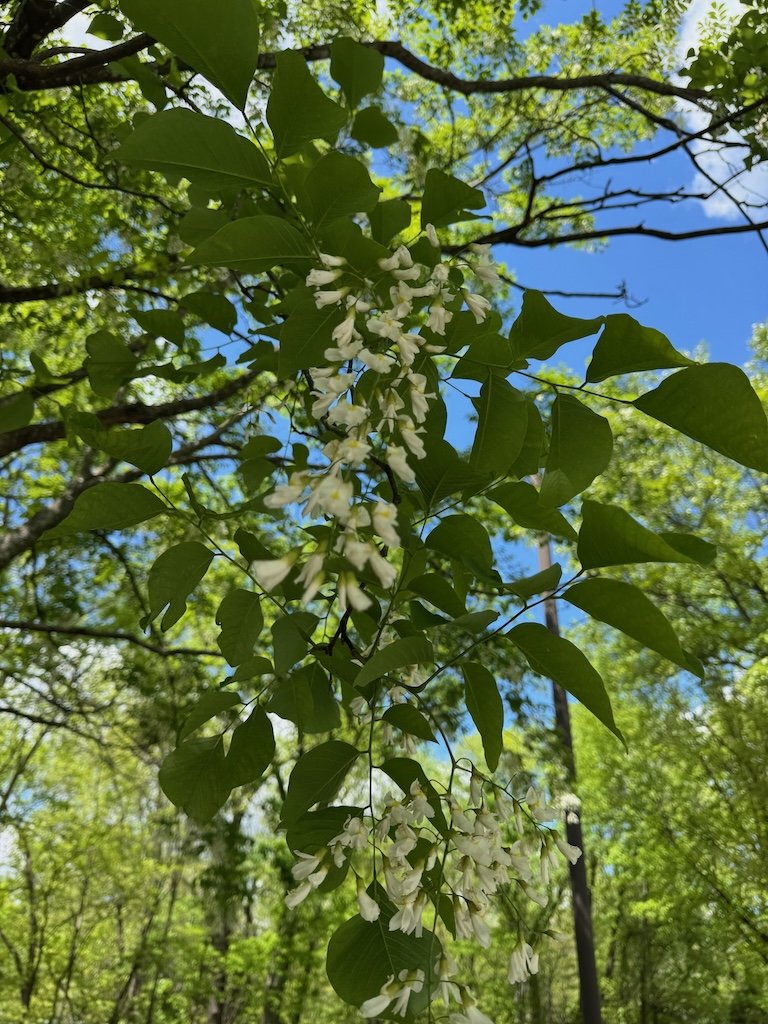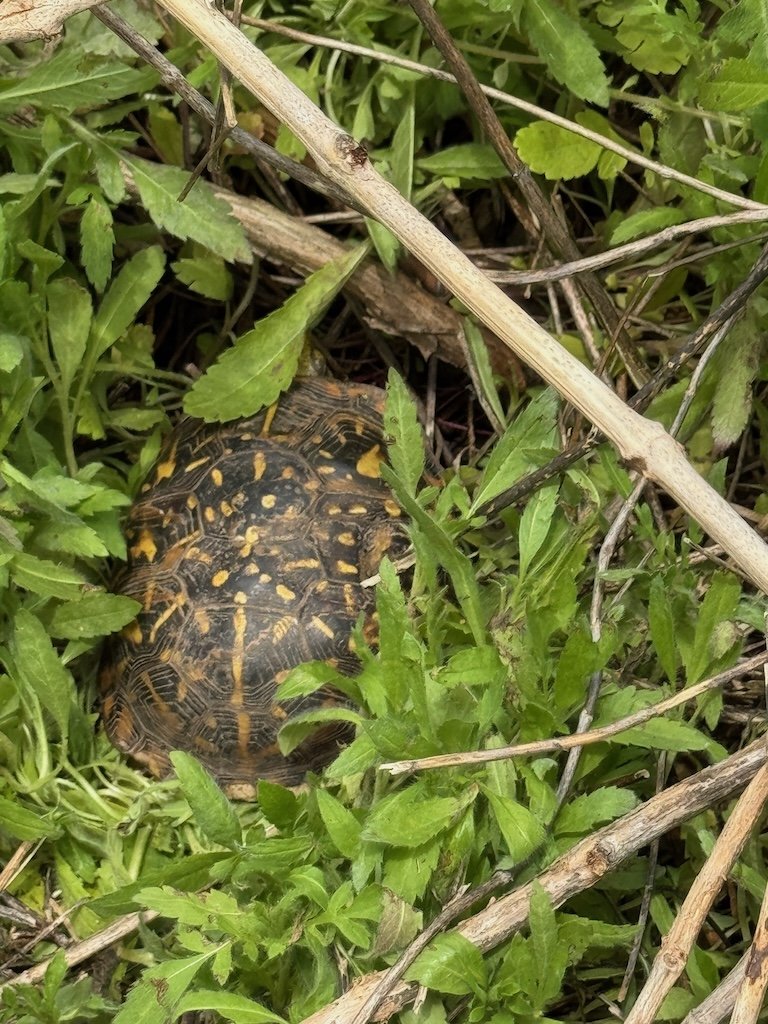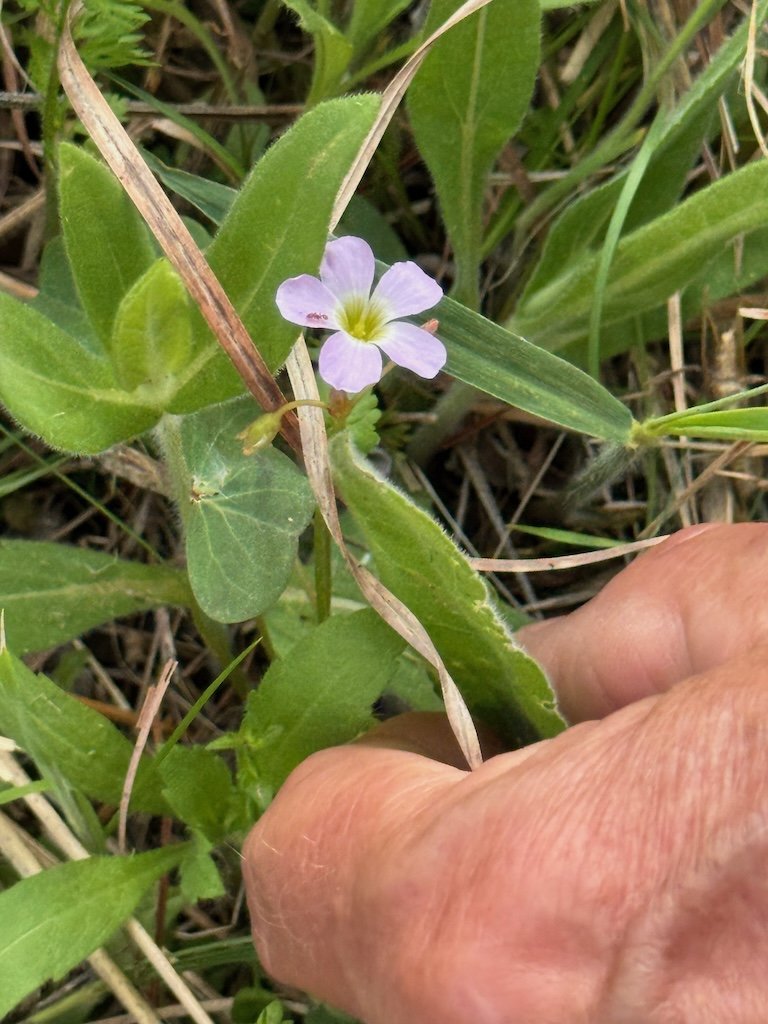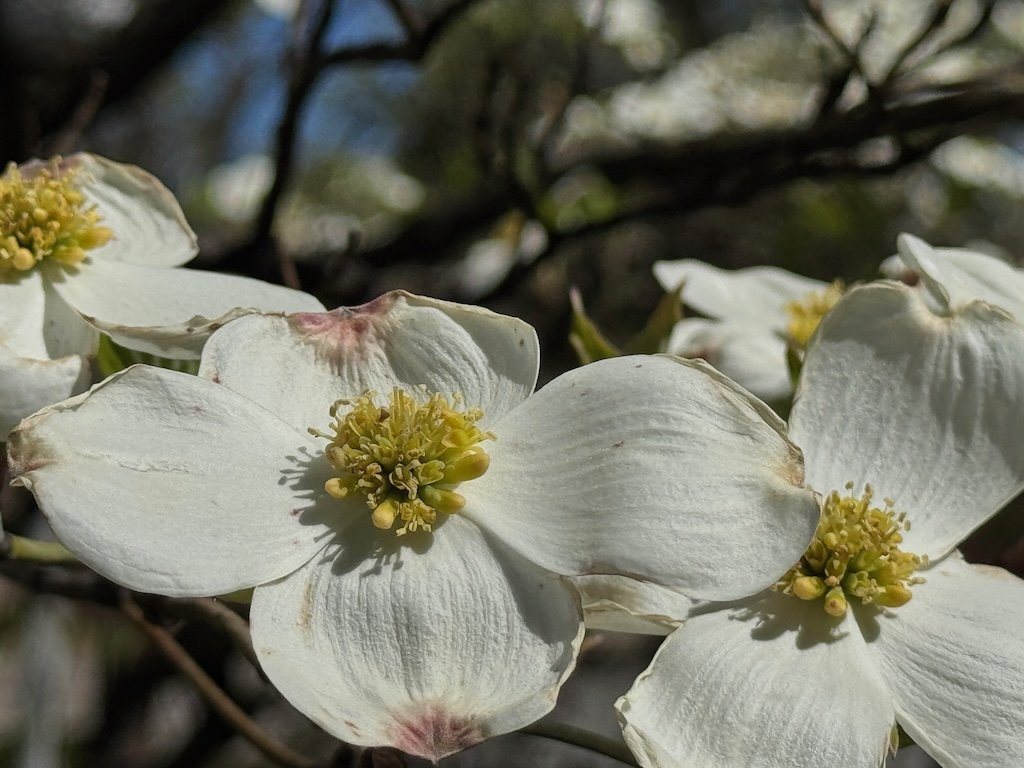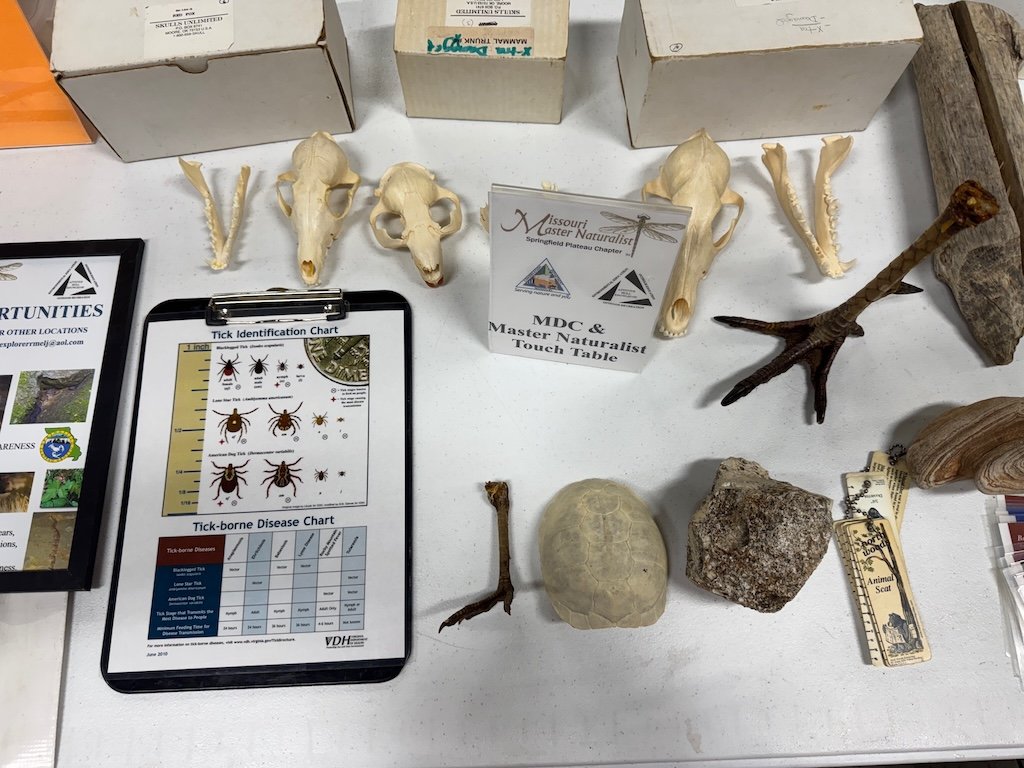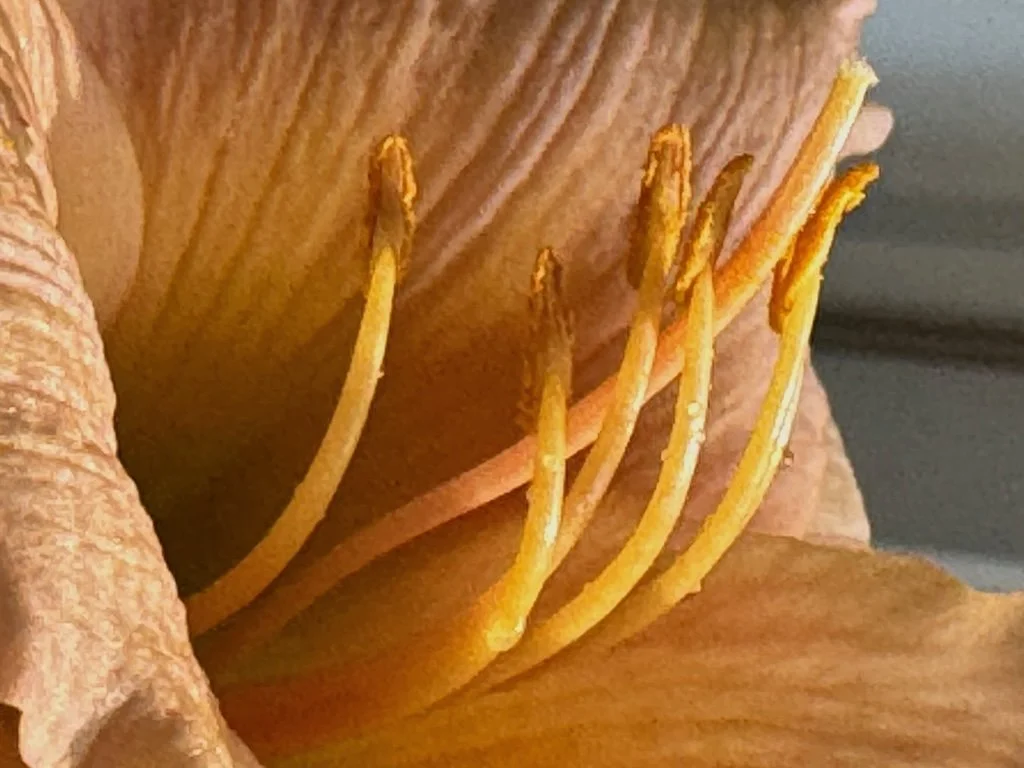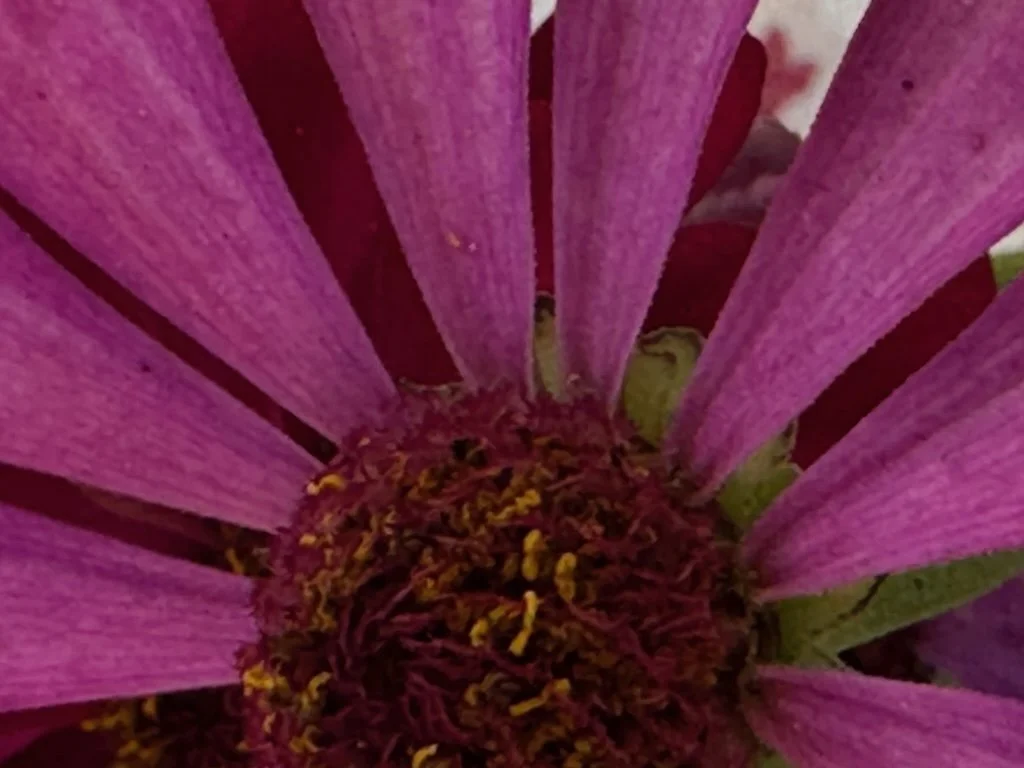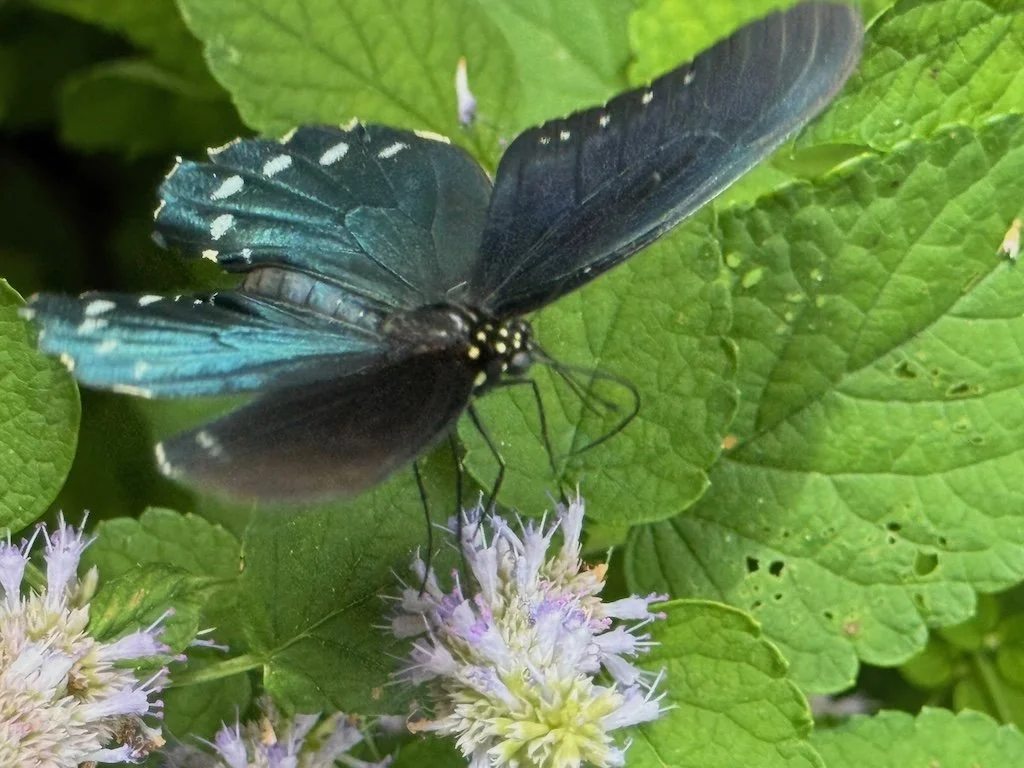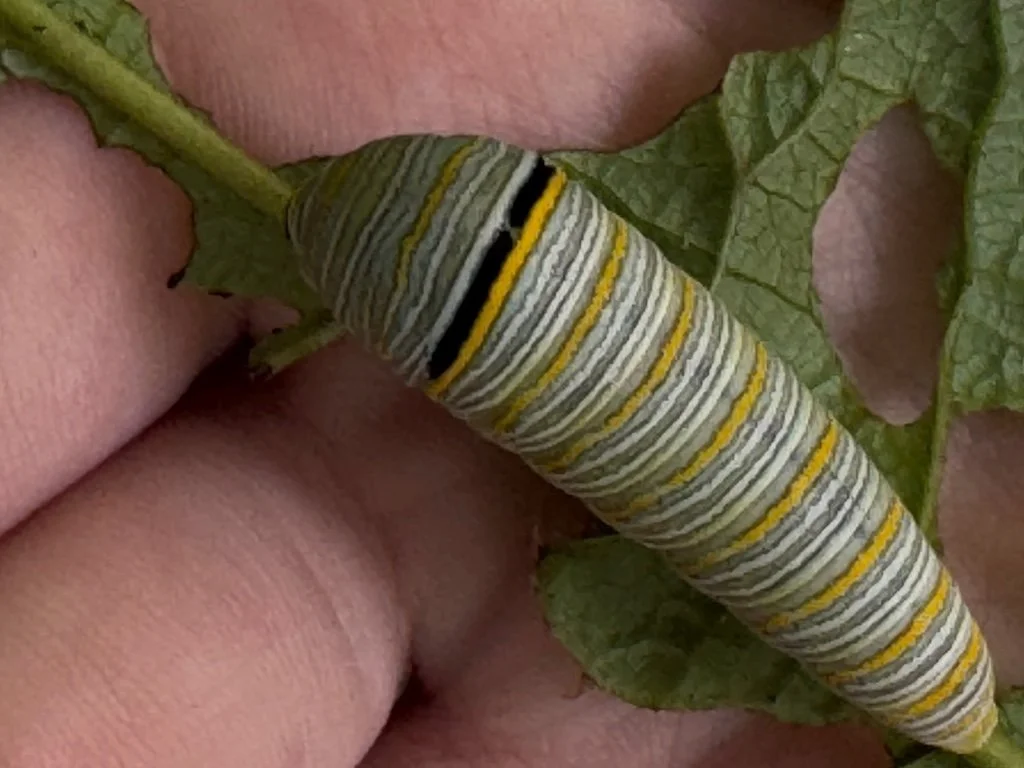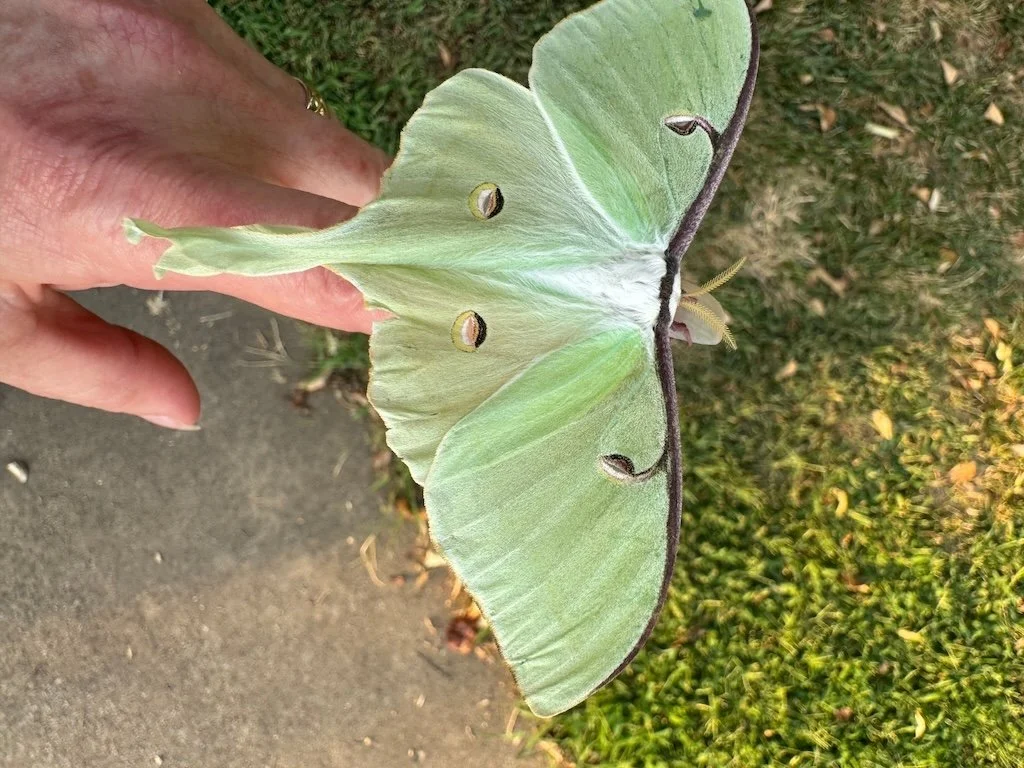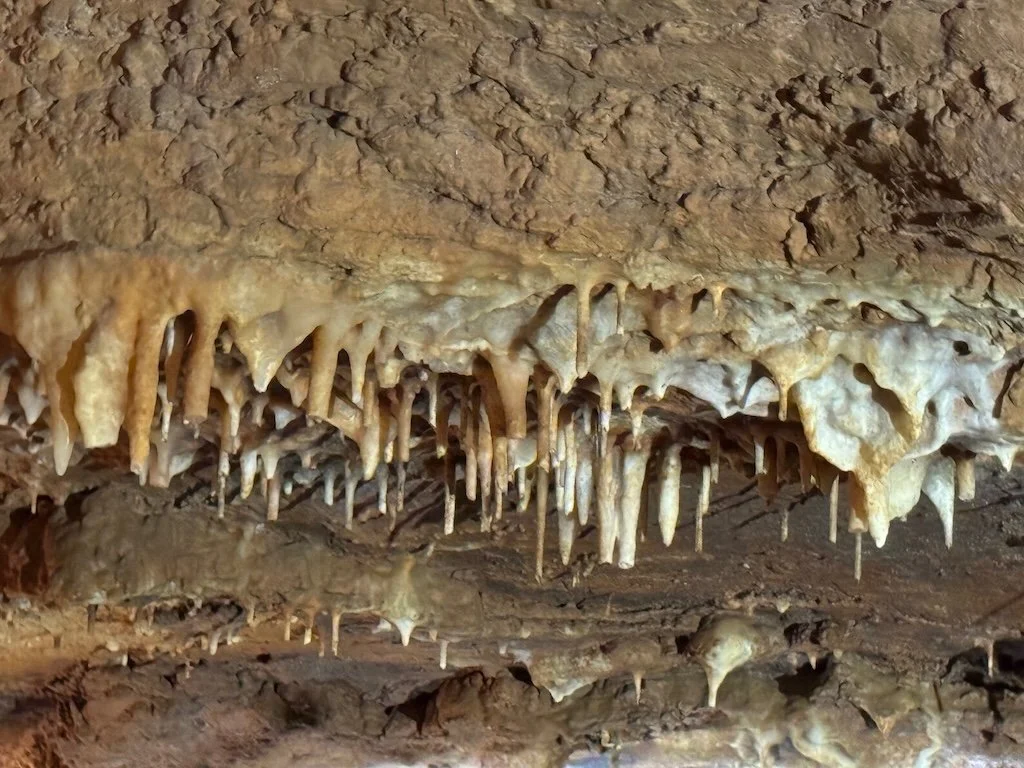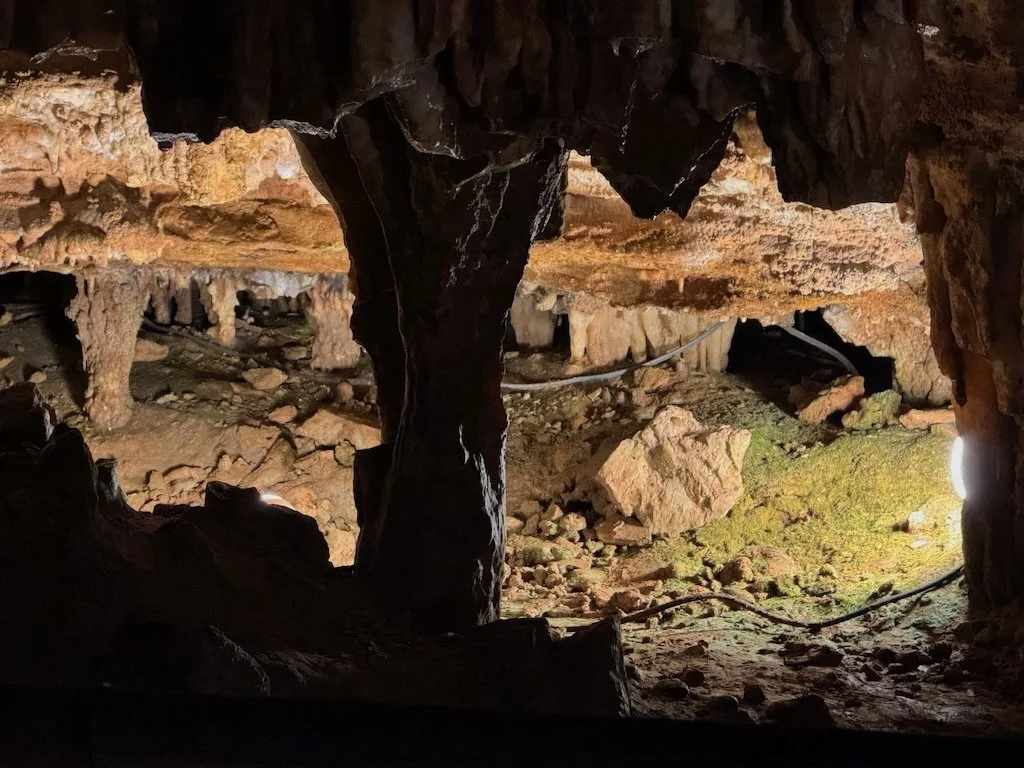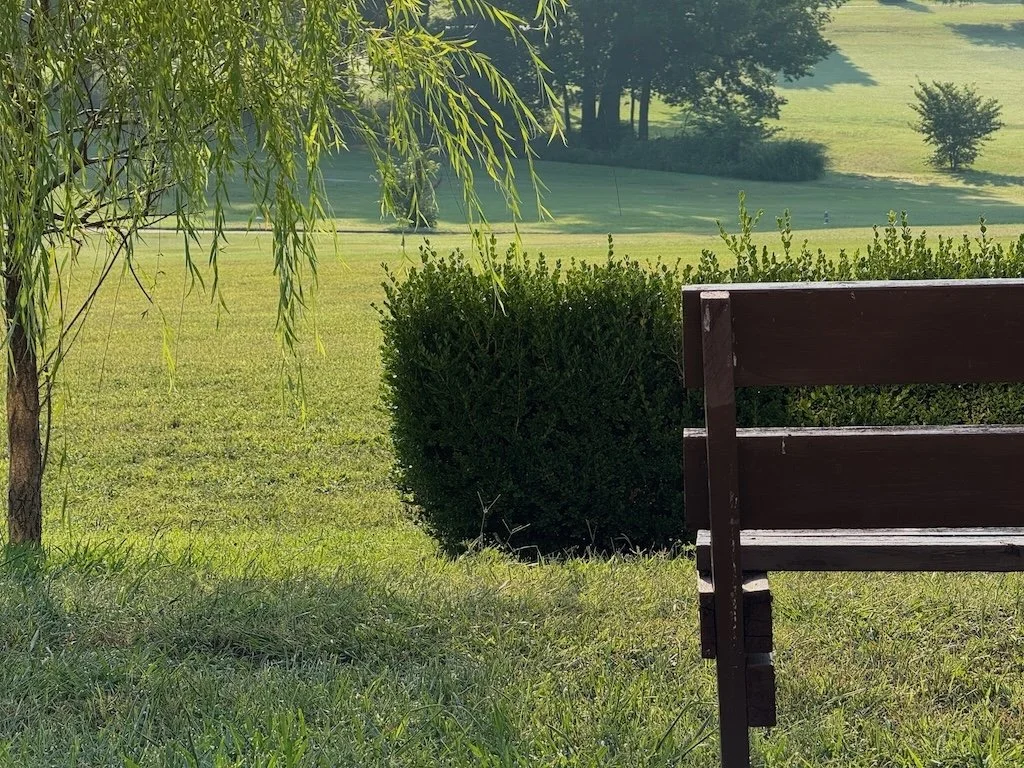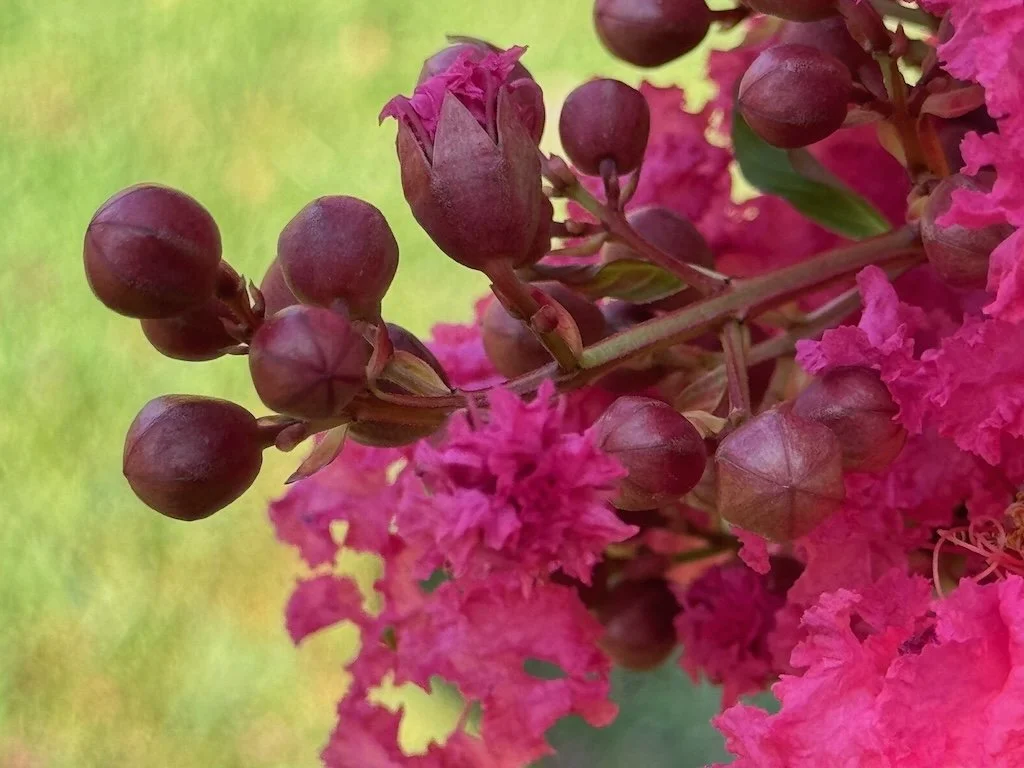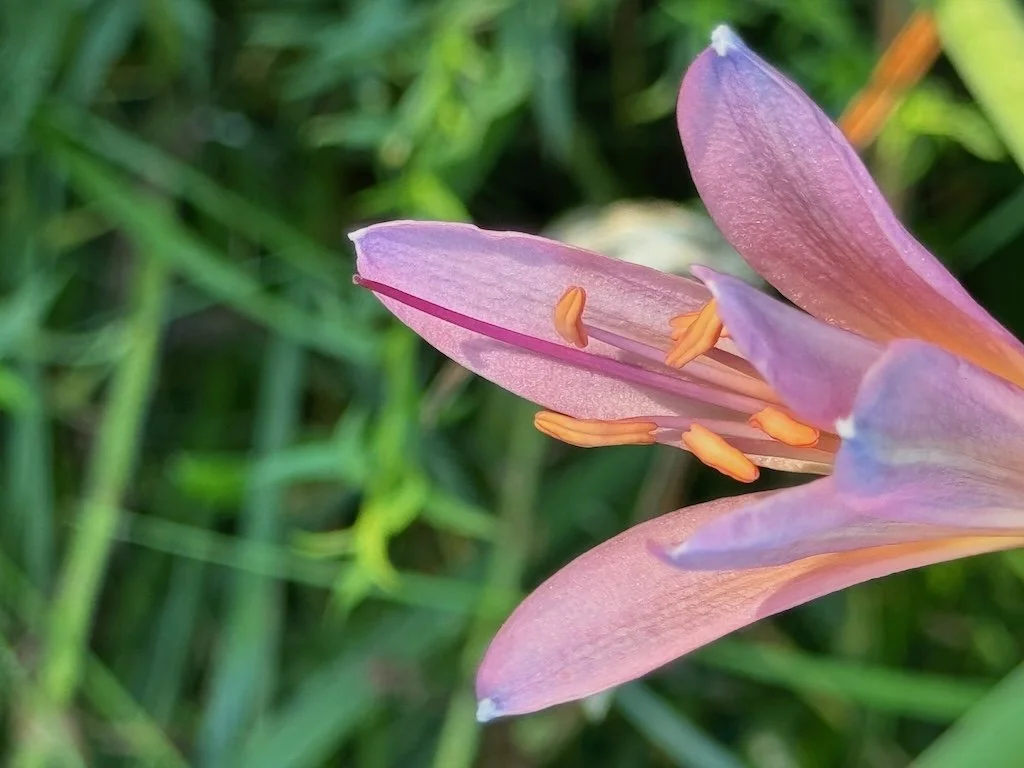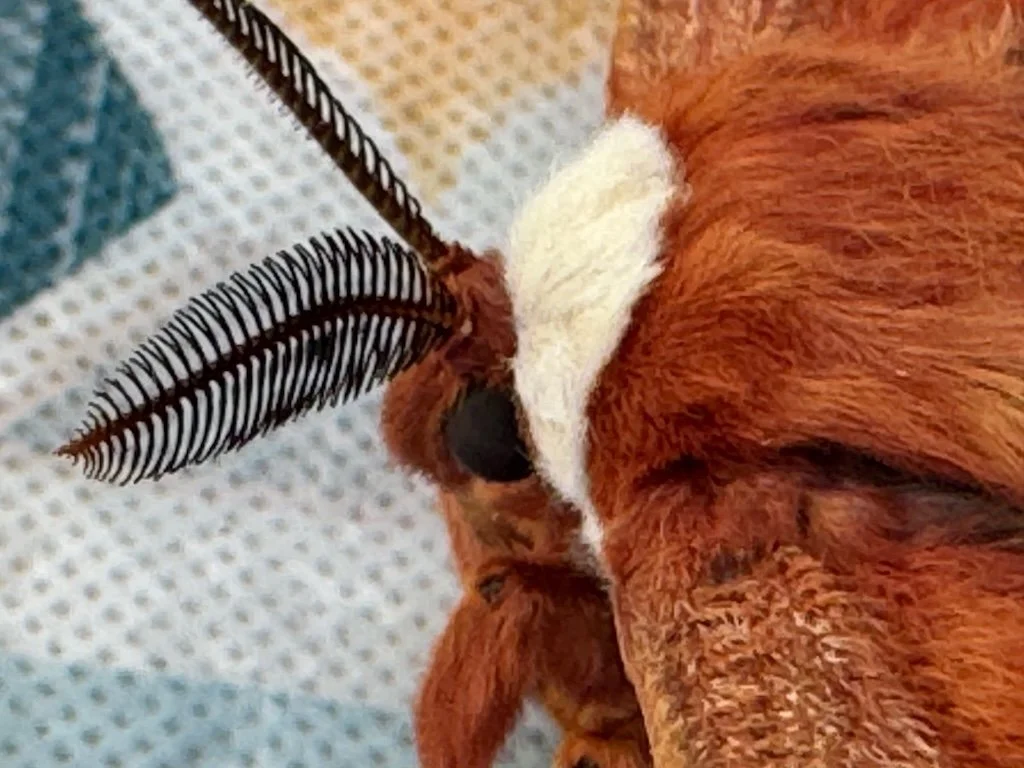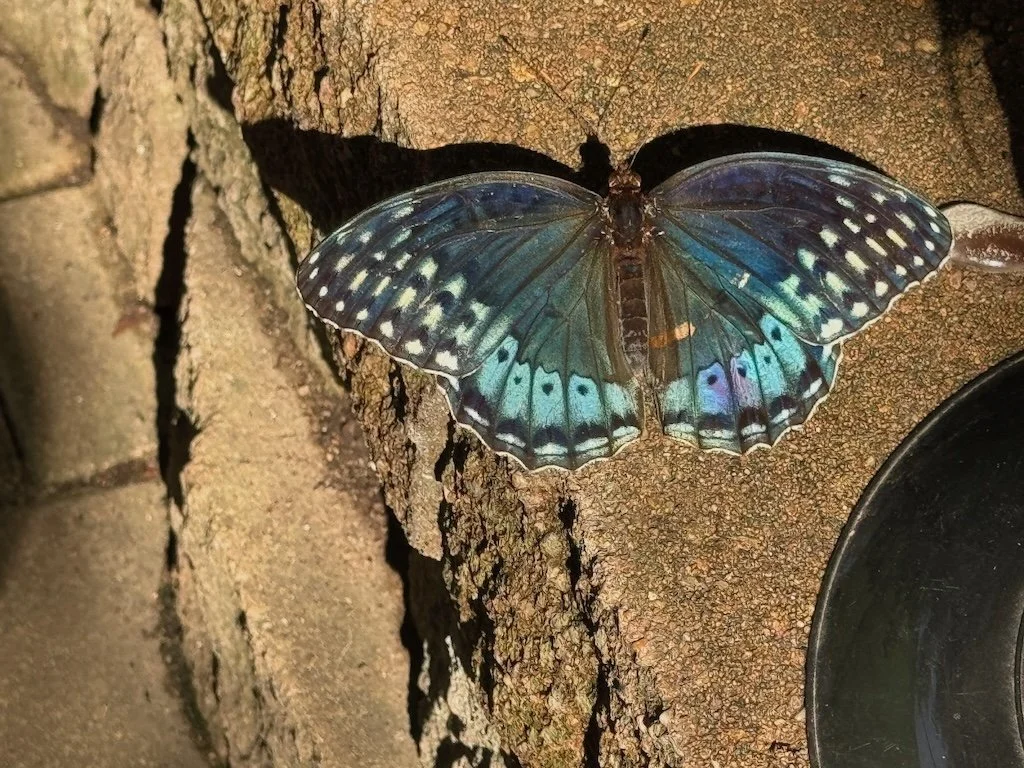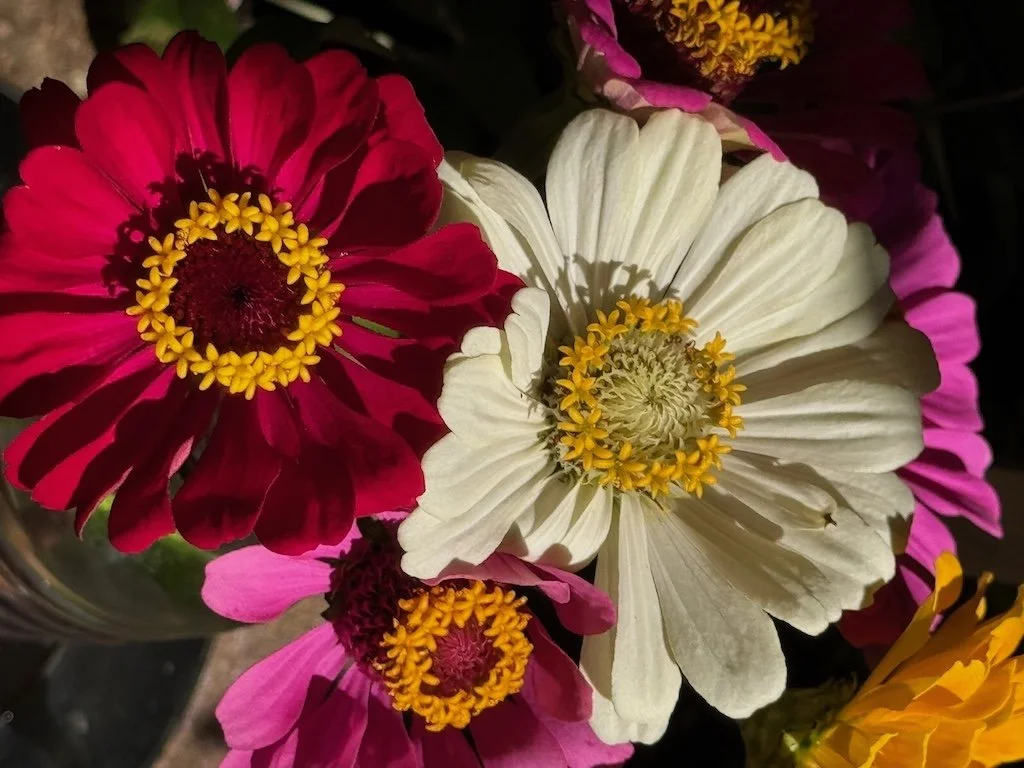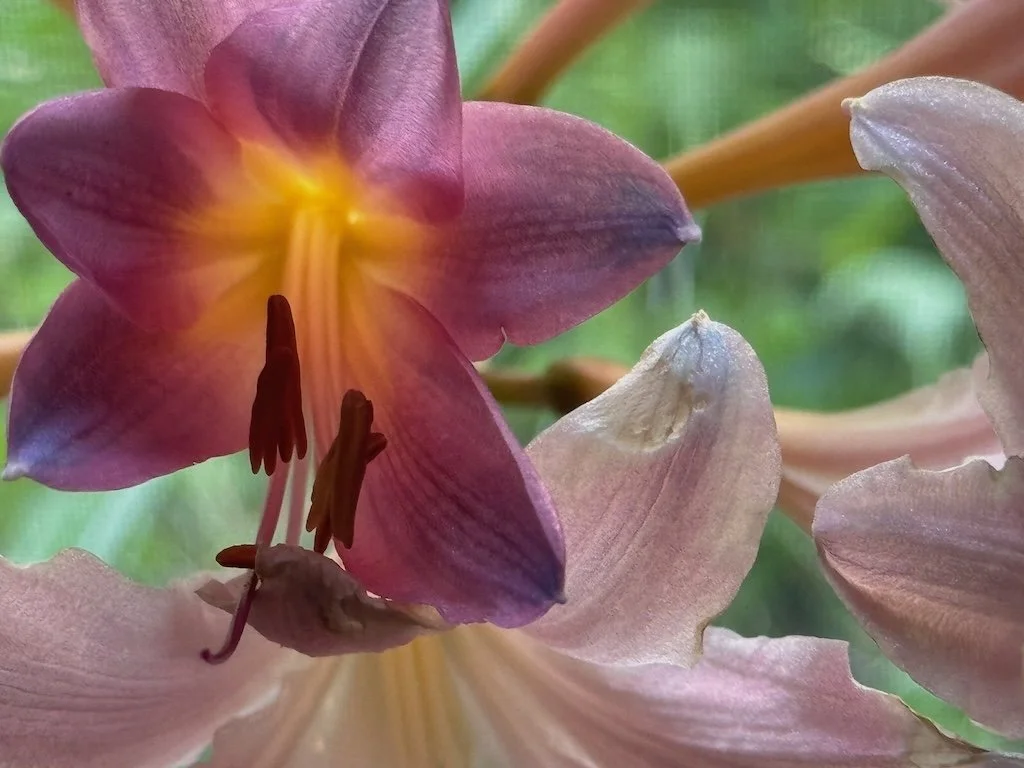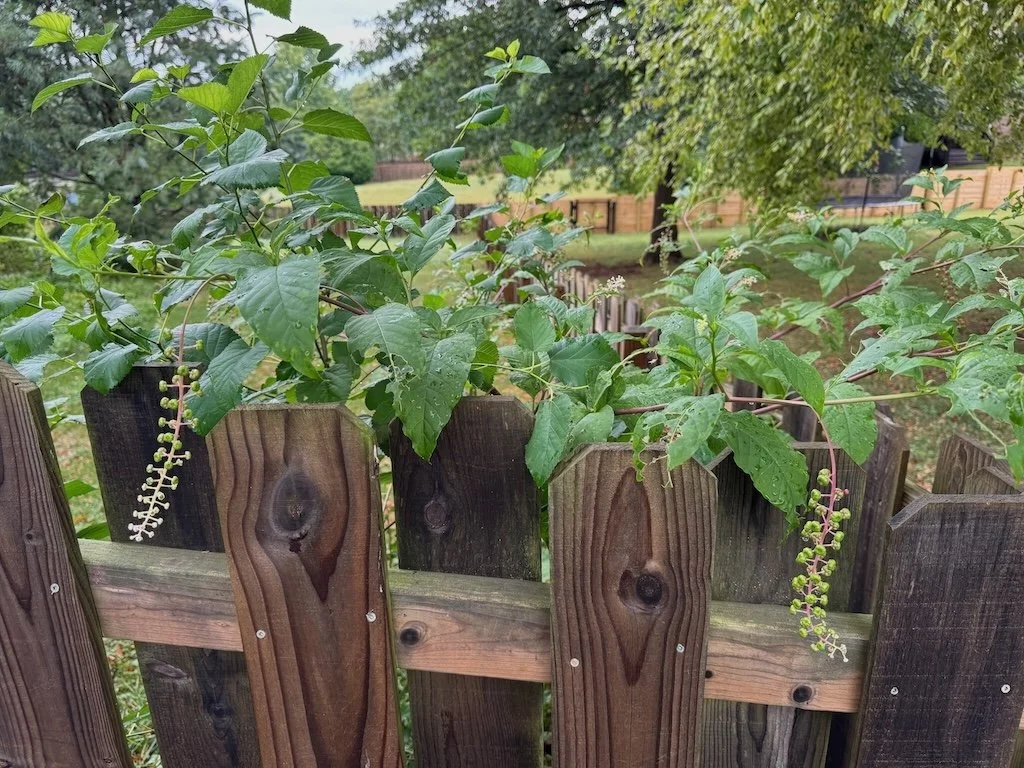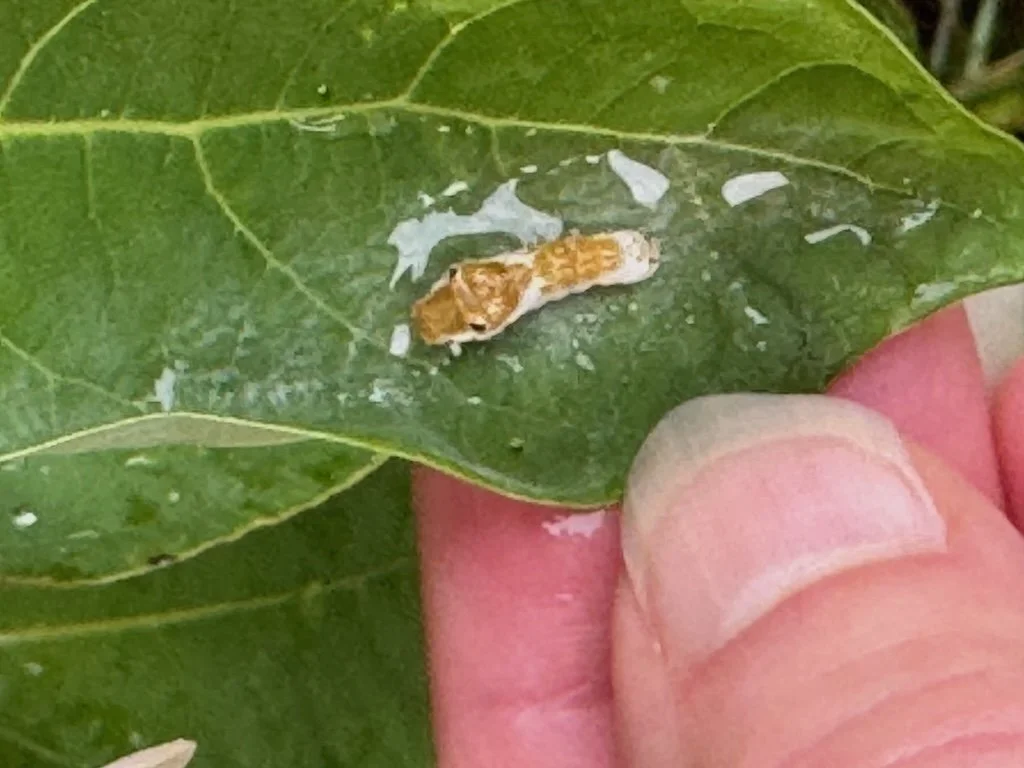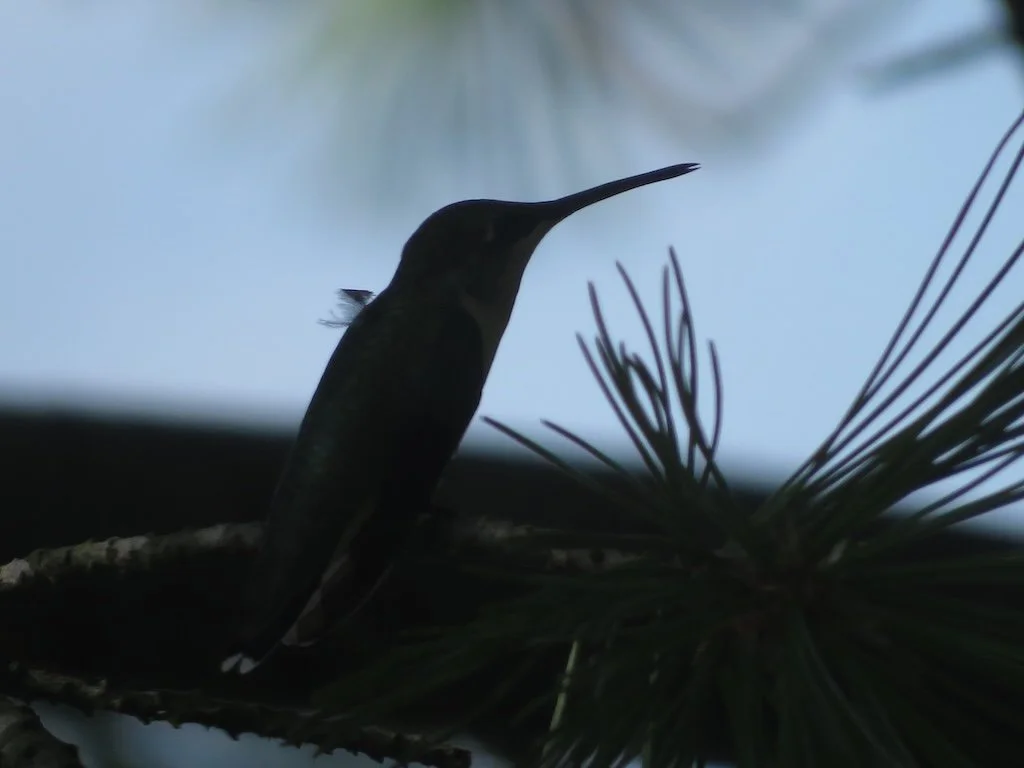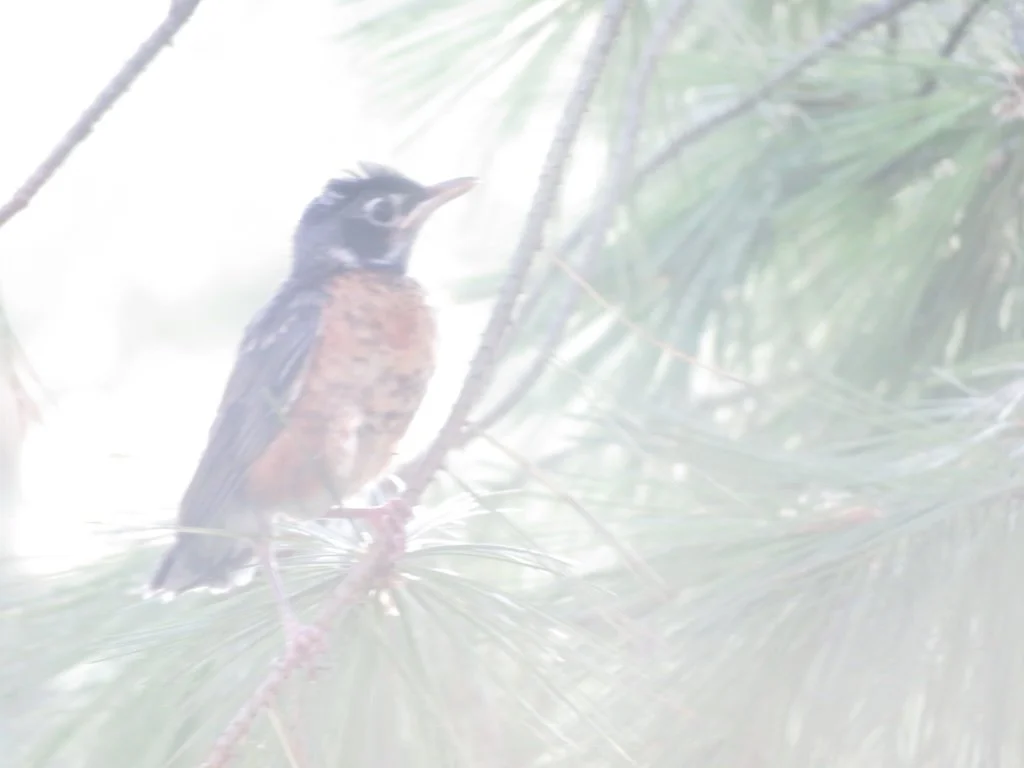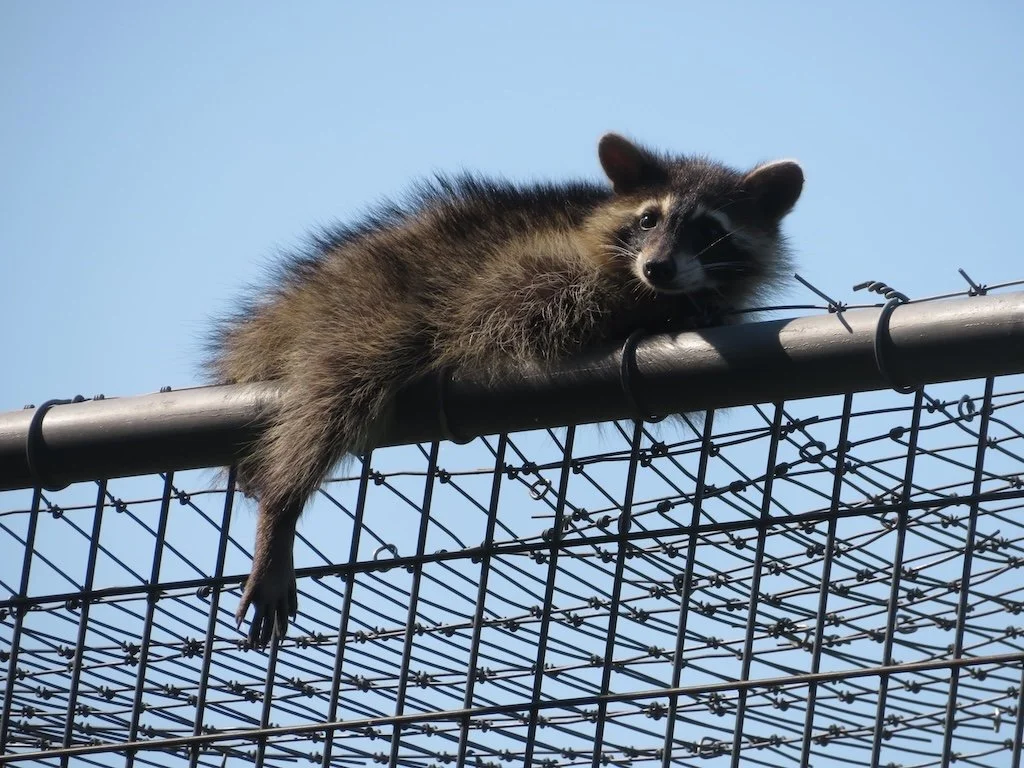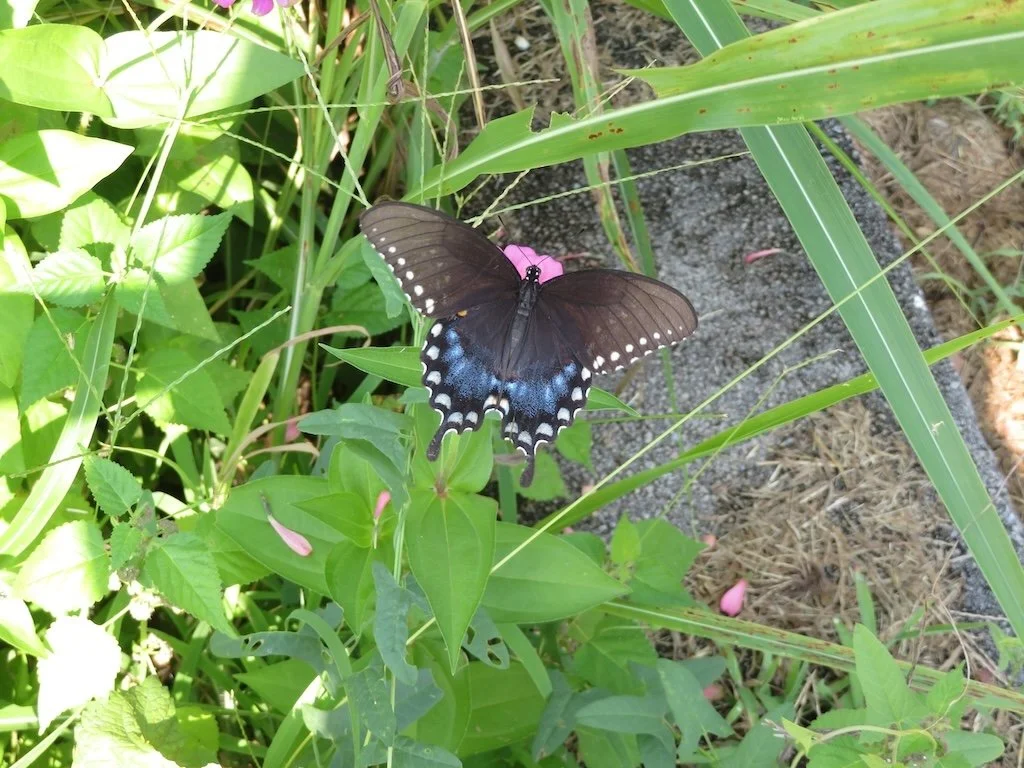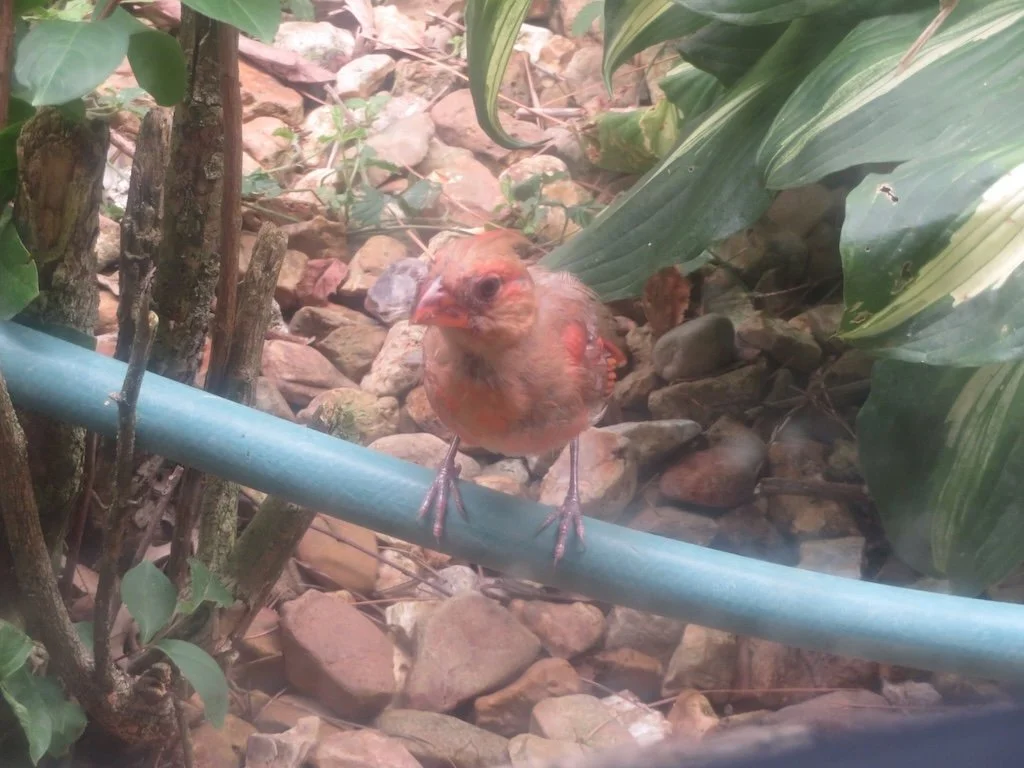In a Waiting Room
/Last week my husband was scheduled of out-patient surgery. The situation had changed significantly from my January 2022 outpatient surgery experience when Covid-19 protocols closed waiting rooms. The expectation now is that patients have a person, usually a family member, that stays at the waiting room during the surgery. We left for the hospital at 5 AM and were home by a little after 11 AM.
We went to the lobby registration desk for initial sign in…and were given a buzzer like restaurants sometimes use. Within a few minutes of sitting down, the buzzer went off and we went with an administrative person to make sure all the payment information was correct. Back in the waiting room for a few minutes…and we were called again by a person to take us back to the pre/post op area. I helped my husband into the hospital gown and socks….put all his clothes in a bag that I would keep (that was the expectation…and I found myself wishing his clothes were not as bulky). The anesthesiologist and surgeon came to talk to us. By 7:15 AM he was prepped and on his way to the OR and I was on my way to the waiting room. I had been given a number so I could track his status on the screens there. I checked in at the desk …in anticipation of the surgeon coming out after the surgery was complete to talk with me.
I filled the time between 7:15 AM and 9:35 AM in that waiting room. Getting a pastry from the bakery/café for breakfast was my first activity. I had loaded some novels on my phone for reading material. I made 3 Zentangle tiles. The time passed relatively quickly. The area was not crowded but it was clear that there were quite a few morning surgeries. One man lay down on one of the longer bench chairs and napped. Most people were reading on their phones; I didn’t hear a single phone ‘ring’ so people must have followed direction to silence them. The green plastic bags with patient’s clothes were near every person in the waiting room! I kept my daughter apprised of the everything via texts.
Everyone must have been a little anxious…most seemed hyper alert (except for the one person that slept) but at the same time relatively calm and appreciative of the quiet, calm demeanor of people at the reception desk in the room….they set the tone.
The waiting room had small rooms at each end where the conversations with the surgeon could happen in private. There was a picture of a dogwood in bloom on the wall in the room I was assigned. The surgeon came in…reported positive results…talked about the recovery instructions which would be printed and provided to us by the nurse. I was back in the waiting room for a few minutes before they gave me a post op room number where my husband was.
He was groggy still from the anesthesia. He seemed to be very challenged to rank the amount of pain he was feeling. It took about an hour for him to eat a snack and get dressed…meet the criteria for being released.
I called my daughter to meet us at our house since I wasn’t sure how mobile he really was. When we got home, I held onto his arm to go into the house…and used the path with the fewest steps. It was slow going but we managed, and he immediately took a nap. The pain med he was given just before he left the hospital had taken effect!













































































